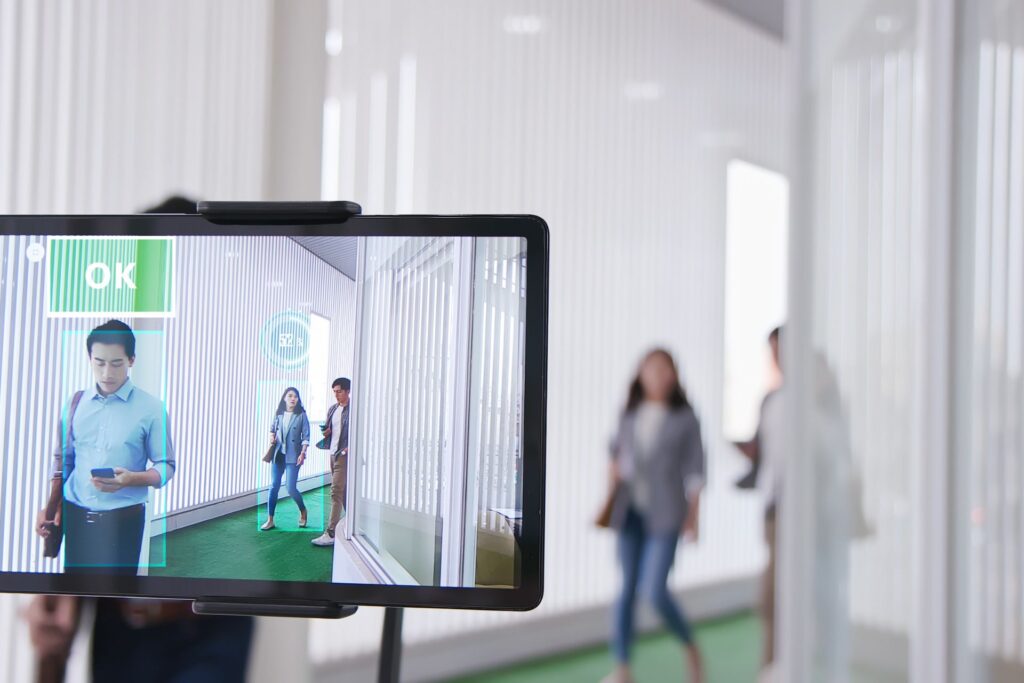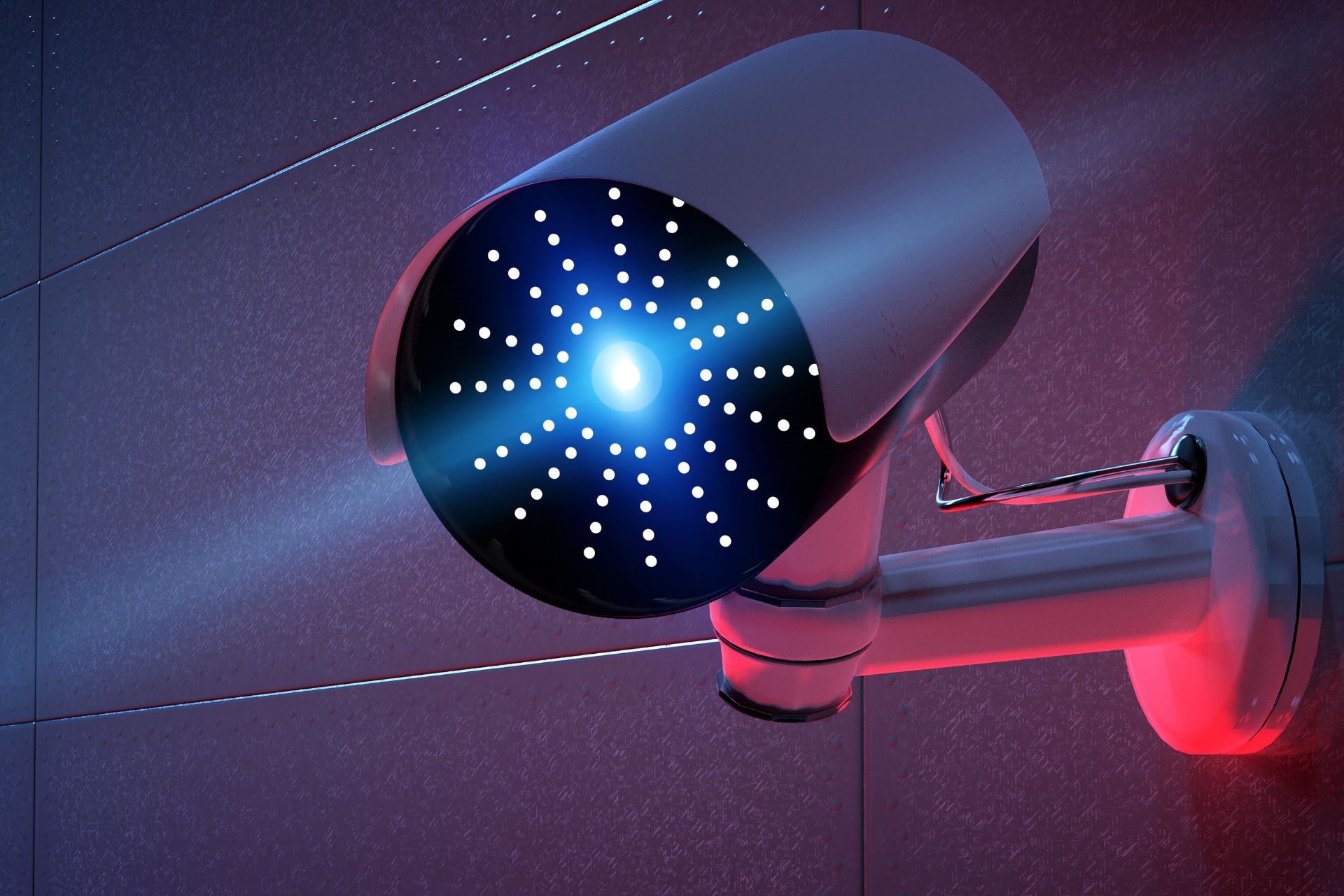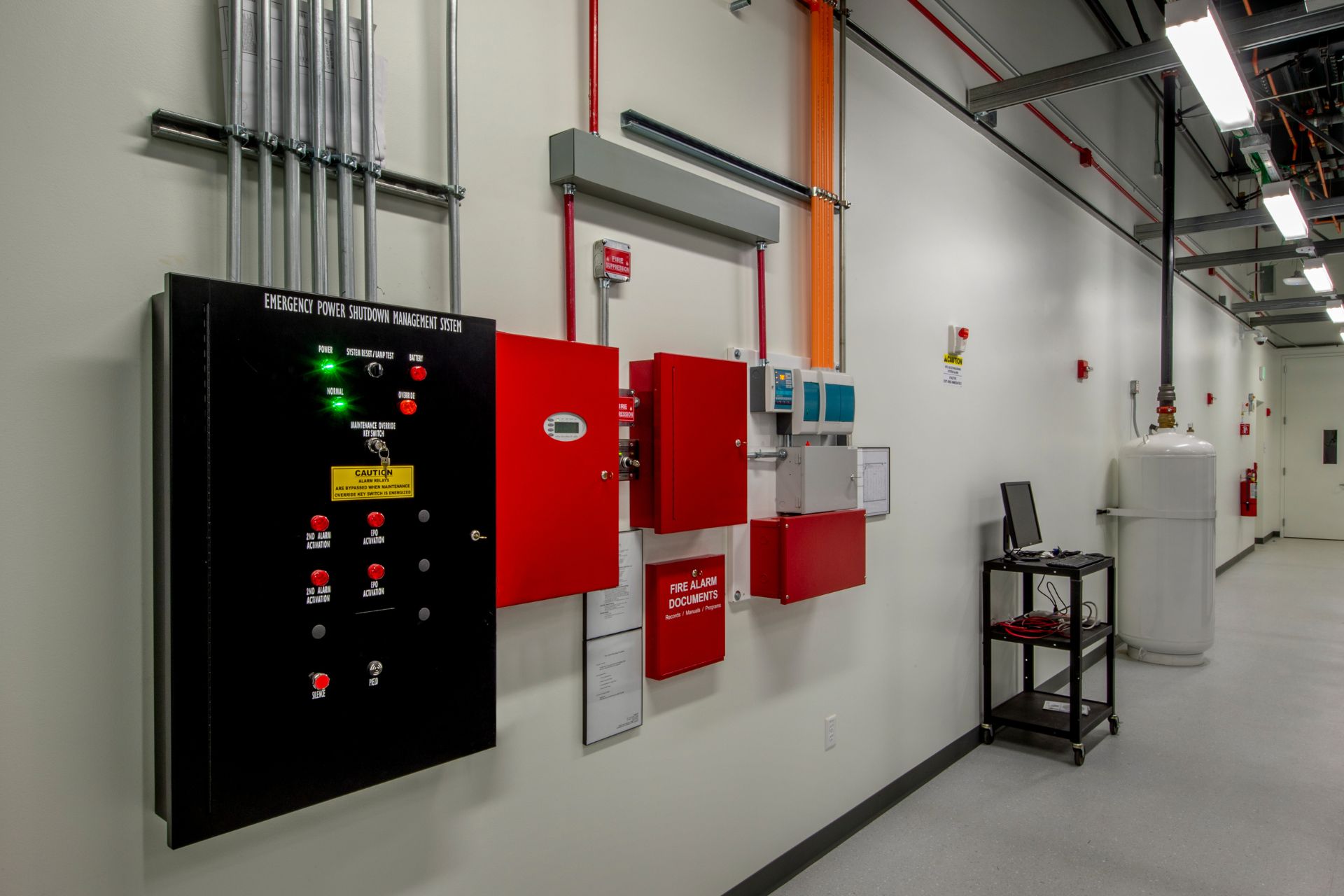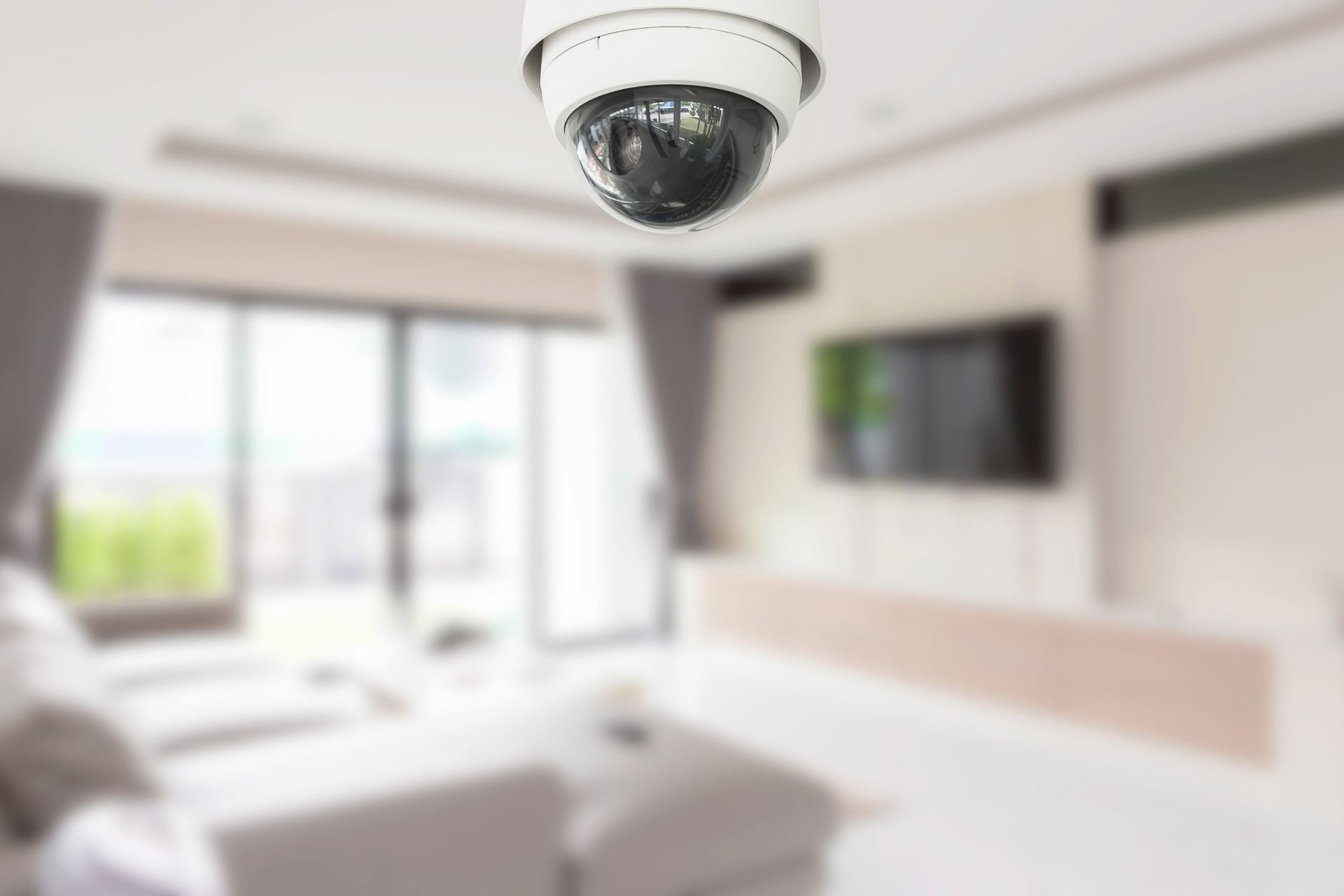In a world where security and surveillance play an increasingly important role, advances in deep learning are opening up new horizons. This blog post explains in more detail what this is about and how deep learning is revolutionizing image recognition in video surveillance. We will also give you an insight into the future of this technology, which could have a profound impact not only on the security industry, but also on our everyday lives.

What is Deep Learning?
Deep learning is a branch of artificial intelligence. This revolutionizes image recognition and opens doors to new possibilities in video surveillance. Technological advances allow computers to interpret images in a manner similar to human perception, but with increased efficiency and accuracy.
By analyzing large amounts of data, deep learning models learn to recognize and interpret patterns, which is a significant improvement over traditional methods. This ability has far-reaching applications. From detecting unusual activity to identifying specific objects or people, it marks a turning point in security technology.
The limits of current video surveillance technologies
Video surveillance is confronted with two central challenges: firstly, the difficulty of effective monitoring in real time and secondly, the problem of image recognition under difficult conditions.
Real-time monitoring and data processing
Effective real-time monitoring is one of the biggest challenges. Traditional monitoring systems often cannot differentiate between important and unimportant data quickly enough, leading to delays in alerting. This problem is exacerbated by the sheer volume of data generated by modern surveillance systems. A delayed or incorrect response can have serious consequences, especially in highly sensitive areas such as airports or banks.
Image recognition under difficult conditions
The accuracy of image recognition is crucial to the effectiveness of a surveillance system. In many situations, such as bad weather, poor lighting conditions, or when the camera view is partially obscured, detection ability suffers. In addition, factors such as changing lighting conditions, reflections or obscurations by passers-by make it difficult to identify relevant objects or people. These conditions not only result in a high rate of false positives, but can also cause real threats to be missed.
Overcoming these challenges in video surveillance, both in real-time surveillance and in image recognition under severe conditions, is critical. It requires a combination of advanced technology, detailed understanding of operational environments and continuous research and development. The effectiveness and reliability of future surveillance systems depends on how well these challenges are addressed to create a secure and responsive surveillance environment that supports both preventative and reactive security measures.
A technological shift: How deep learning is transforming video surveillance
Deep learning brings remarkable improvements to the world of video surveillance. With the ability to analyze and learn from large amounts of data, deep learning enables surveillance systems to detect patterns and anomalies more precisely. This technology surpasses traditional methods by not only identifying faces and objects more accurately, but also detecting behavioral patterns and potential threats in real time. This leads to a significant reduction in false alarms and at the same time increases the efficiency of security measures.
Deep learning enables monitoring systems to make context-related decisions, which is particularly advantageous in complex or confusing situations. The integration of deep learning in video surveillance is not only a step towards more advanced security technologies, but also marks the beginning of a new era in intelligent surveillance.
Reality meets innovation
Deep learning technologies are increasingly finding practical applications in video surveillance, ushering in a new era of security technology. This technique is used to analyze complex scenarios in real time. This makes it particularly useful for places with high security requirements such as airports, banks or public places.
A key aspect is the ability of deep learning systems to recognize human behavior patterns and identify unusual activities, helping to prevent crime and respond quickly to security incidents. In addition, deep learning algorithms are used to improve the accuracy of facial recognition, which is particularly important in areas such as access control and identity verification. The use of deep learning in video surveillance is a prime example of how technological advances are leading the security industry into a new era.
The evolution of video surveillance through deep learning
The future of video surveillance with deep learning looks promising. We are at the beginning of an era. In this era, the integration of AI and deep learning into security systems will go far beyond current levels. The expectation is that deep learning technologies will become even more accurate and faster in detecting patterns and anomalies, enabling proactive security monitoring. The ability to recognize not only faces but also emotions and gestures could revolutionize the way security incidents are handled. In addition, the increasing interconnection of surveillance systems with other smart technologies will enable more comprehensive and seamless security monitoring. The combination of these advances promises a future in which video surveillance is more efficient, intelligent and effective, helping to ensure security at a new level.
Between innovation and responsibility: Ethical considerations and data protection in AI-controlled video surveillance
The use of deep learning in video surveillance raises important questions about data protection and ethical aspects. On the one hand, this technology offers enormous security advantages, but on the other hand, data protection concerns must be taken seriously. It is important to find a balance between the effective use of surveillance technologies and protecting people's privacy. Data protection laws and ethical guidelines play a crucial role. Developing transparent and responsible practices for the use of AI in surveillance is essential to create trust and acceptance among users while ensuring the protection of personal data.
Deep learning in video surveillance – a step into the future
This blog post has provided a deep dive into the transformative role of deep learning in video surveillance. The future of video surveillance with deep learning not only promises improved security and more precise surveillance, but also raises questions that bring the importance of data protection and ethical standards to the fore. These developments mark an exciting step towards a future where technology and responsibility go hand in hand. Telsec ESS offers tailor-made security solutions based on the latest technologies.
Contact Contact Telsec ESS to learn how they can meet your security needs with innovative and trusted technology.





































